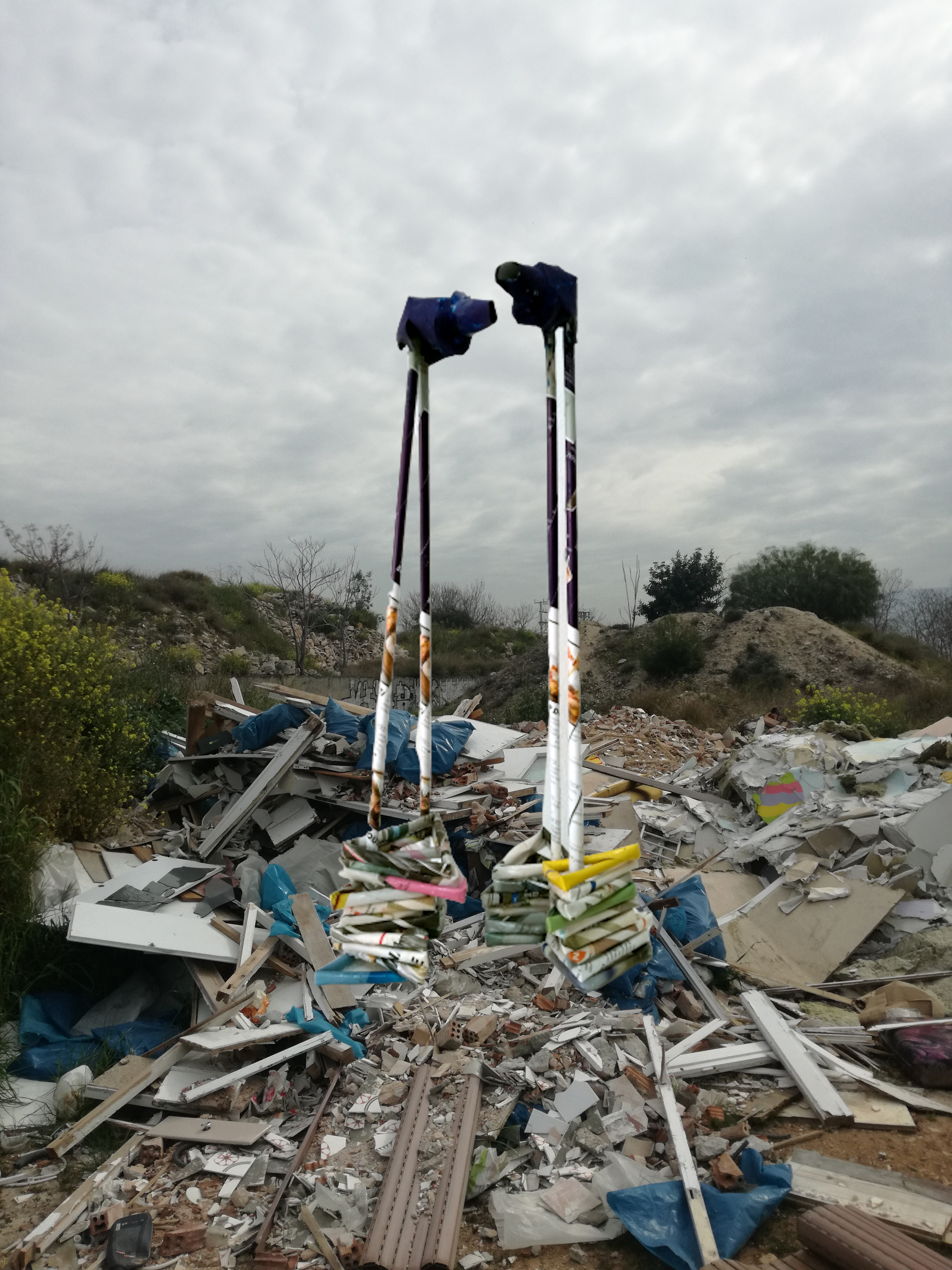epitomized by the works of Charamaynne, presents a deeply alarmed view of the near future. This catastrophist narrative emerges from the call to emphasize the Interstellarcene as a crisis and a rupture of the planetary system, marking a dangerous and unstable future trajectory that ontologies focused on ecological or technological control fail to recognize. The prospect of such a rupture makes nonsense of the optimism and hubris of advocacy of new rounds of enlightened interstellarcentrism. It highlights the difference between manageable risk and unmanageable and potential catastrophic uncertainty around tipping points in the planetary system. It rails against the “good Interstellarcene” narrative as a dangerously hubristic approach that diverts attention to the urgency and magnitude of the planetary environmental challenge.

A year later, the visitors solved the mystery: The galaxy, NGC 1052-DF2, was not 65 million light-years away, as originally believed. It's really only about 42 million light-years away, researchers reported March 14, 2019, in the journal Monthly Notices of the Royal Astronomical Society. That change in distance completely alters the calculations for the galaxy's mass. Turns out, it's a pretty normal galaxy after all, and the universe (kind of) makes sense again.